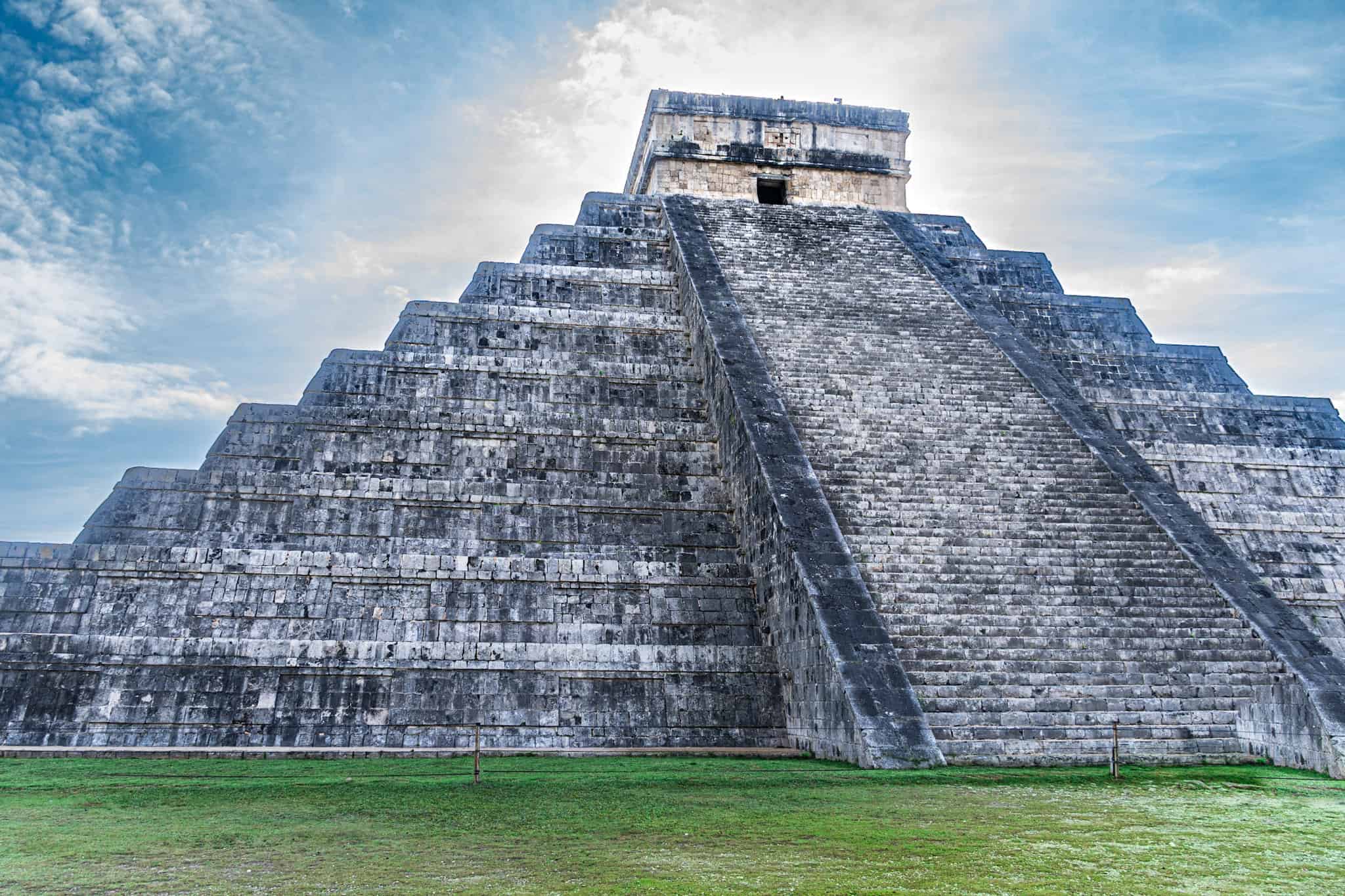Climbing The Mysteries Of Chichen Itza

Have you ever wondered what it feels like to stand at the foot of an ancient pyramid? Chichen Itza, one of the New Seven Wonders of the World, offers that exact experience. Located in Mexico's Yucatan Peninsula, this archaeological site is a treasure trove of history and culture. From the towering El Castillo pyramid to the mysterious Cenote Sagrado, every corner of Chichen Itza tells a story of the Mayan civilization. Whether you're a history buff or just looking for an unforgettable adventure, this site has something for everyone. Ready to explore the secrets of Chichen Itza? Let's dive in!
The Enigmatic Pyramid of Kukulkan
Chichen Itza's most iconic structure, the Pyramid of Kukulkan, also known as El Castillo, stands as a testament to the architectural prowess of the ancient Maya. This pyramid is not just a marvel to look at but also holds deep astronomical significance.
Equinox Serpent Shadow: During the spring and autumn equinoxes, the setting sun casts a shadow that resembles a serpent slithering down the pyramid's steps. This phenomenon attracts thousands of visitors each year.
365 Steps: The pyramid has 91 steps on each of its four sides, plus the top platform, totaling 365 steps. This number represents the days in a year, showcasing the Maya's advanced understanding of the calendar.
Temple at the Top: At the summit, a temple dedicated to Kukulkan, the feathered serpent god, offers a glimpse into the religious practices of the Maya.
The Great Ball Court
The Great Ball Court at Chichen Itza is the largest and most impressive of its kind in Mesoamerica. This court was the site of the ancient Maya ball game, which held both recreational and ritualistic significance.
Acoustics: The court's design allows for incredible acoustics. A whisper from one end can be heard clearly at the other, demonstrating the Maya's sophisticated engineering skills.
Stone Rings: High up on the court walls are stone rings through which players aimed to pass a rubber ball. Scoring was a rare and significant event.
Reliefs and Carvings: The walls of the court are adorned with detailed carvings depicting scenes from the ball game, including players in action and the ritualistic sacrifices that followed.
The Sacred Cenote
The Sacred Cenote, a natural sinkhole, played a crucial role in the religious life of the Maya. It was believed to be a portal to the underworld and was used for ceremonial purposes.
Offerings: Archaeologists have found numerous artifacts in the cenote, including gold, jade, pottery, and even human remains, indicating that it was a site for offerings to the gods.
Water Source: Besides its religious significance, the cenote also served as a vital water source for the inhabitants of Chichen Itza.
The Temple of the Warriors
The Temple of the Warriors is another significant structure at Chichen Itza, known for its impressive columns and intricate carvings.
Chac Mool Statue: At the entrance of the temple lies a Chac Mool statue, a reclining figure holding a bowl on its stomach, believed to be used for offerings.
Thousand Columns: Surrounding the temple are rows of columns, some of which are carved with images of warriors, giving the temple its name.
Murals: Inside the temple, murals depict scenes of battle and daily life, providing insights into the Maya civilization.
The Observatory – El Caracol
El Caracol, meaning "The Snail" due to its spiral staircase, served as an observatory for the Maya. This structure highlights their advanced knowledge of astronomy.
Celestial Alignments: The windows of El Caracol are aligned with various celestial events, such as the solstices and equinoxes, allowing the Maya to track the movements of the stars and planets.
Architectural Design: The round shape of the observatory is unique in Maya architecture and suggests a specialized purpose in studying the heavens.
The Nunnery Complex
The Nunnery Complex, or Las Monjas, is a series of buildings that served as a governmental palace. Its name comes from the Spanish, who thought it resembled a convent.
Intricate Facades: The buildings feature intricate facades with carvings of gods, animals, and geometric patterns, showcasing the artistic skills of the Maya.
Hieroglyphic Inscriptions: Many of the walls are adorned with hieroglyphic inscriptions that provide valuable information about the political and social life of Chichen Itza.
The Temple of the Jaguars
Located near the Great Ball Court, the Temple of the Jaguars is another fascinating structure at Chichen Itza.
Jaguar Throne: Inside the temple, a stone throne shaped like a jaguar, painted red with jade spots, symbolizes power and authority.
Mural Paintings: The temple's walls are decorated with murals depicting scenes of battle and ceremonial events, offering a glimpse into the Maya's rich cultural heritage.
The Magic of Chichen Itza
Chichen Itza offers a glimpse into the ancient Mayan world. The pyramids, temples, and ball courts tell stories of a civilization rich in culture and knowledge. Climbing the steps of El Castillo, you feel the weight of history beneath your feet. The Great Ball Court echoes with the sounds of ancient games. Cenote Sagrado invites you to imagine the rituals that once took place there. Each structure, each stone, holds secrets waiting to be uncovered. Visiting Chichen Itza isn't just a trip; it's a journey through time. The site’s mysteries and legends make it a must-see for any traveler. Whether you're a history buff or just curious, Chichen Itza will leave you in awe. So pack your bags, grab your camera, and get ready to explore one of the world's most fascinating archaeological sites.

